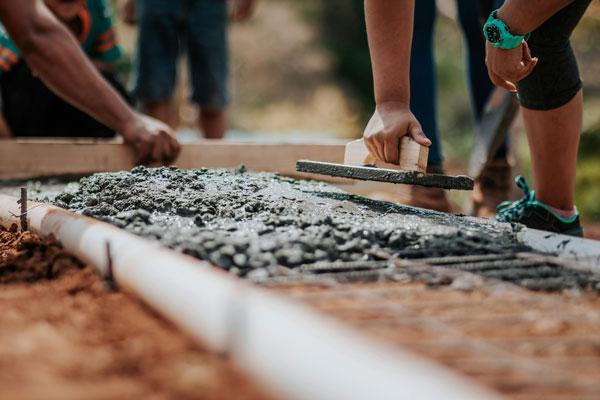Foam reduce the performance, mechanical properties and durability of cement-based materials. This is mainly reflected in three aspects.
When the cement paste foams severely, the foam will gather at the pump outlet to form an air cushion, causing the pump to run idle and hindering construction.
After a large number of bubbles are generated, the volume of the cement paste will increase, but these bubbles are also easy to burst, thus causing volume shrinkage and deformation.

A large number of bubbles will cause the density of the cement paste to decrease, which will reduce the mechanical properties and durability of the hardened cement paste. Bubbles generally exist in cement paste in two forms. One is when the buoyancy of the bubbles is greater than the resistance force of the cement paste to the escape of the gas phase, the bubbles float up and gather on the liquid surface, becoming a continuous visible bubble. This type of bubble is prone to produce honeycomb surface, which leads to quality defects on the surface of the cement-based material.
The other is when the cement paste has sufficient resistance to the escape of the gas phase, the bubbles will be continuously dispersed inside the cement paste. These bubbles can significantly reduce the density of cement-based materials, negatively impacting their mechanical properties and durability.
Cement defoamers are the most effective additives for optimizing the pore structure, achieving a smooth, honeycomb-free surface after hardening.
Cement defoamers can help reduce the presence of large bubbles entrained or generated during the mixing and application of concrete and mortar. Defoamers are composed of substances that reduce the surface tension of the liquid phase, working by inhibiting bubble formation and breaking up bubble membranes. Defoamers are the most direct and effective means of eliminating harmful bubbles in cement-based materials.
 中文
中文
 EN
EN

